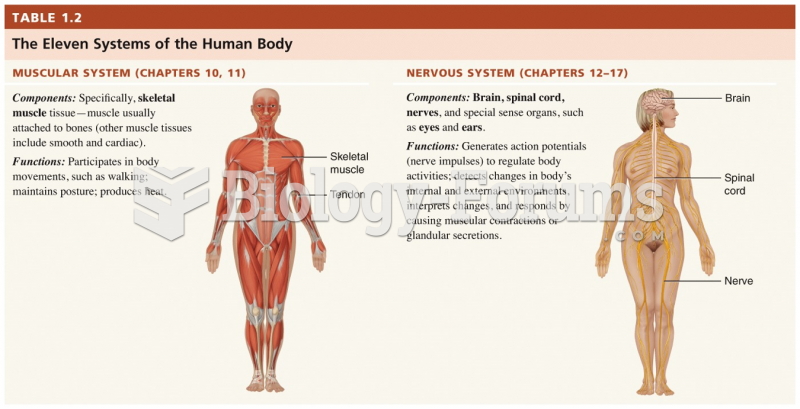Deborah is a 25-year-old non-smoking female who presents to her doctor's office complaining of body aches, sore muscles, chills, coughing, low-grade fever, headache, and red, watery eyes. Her physician listens to her lungs and notes they are clear. Her throat is bright red. PND is noted. Her nose is congested; her sinuses are tender.
Her physician diagnoses her with a viral upper respiratory infection and advises her to get plenty of rest, push fluids, and to take either Motrin or Tylenol for the body aches and low-grade fever. She is advised to call her doctor if she is not better in five days.
First-listed diagnosis: ________
Secondary diagnoses: ________
Fill in the blank with correct word.
Question 2
David is a five-year-old male with a known history of asthma since he was an infant. Parents are both non-smokers. The patient had been doing well on his usual medications. He has mild, persistent asthma. His maternal grandparents were visiting from out of town this week and stayed at David's house. They are both heavy smokers and did not always smoke outside as they had been asked. David was brought to the ED in obvious distress. His parents had tried two breathing treatments at home, without much success, prior to arrival at the ED.
Physical exam in the ED was remarkable for tachycardia (130) and tachypnea. Inspiratory and expiratory wheezes and coarse ronchi were heard on auscultation. His CXR showed moderate infiltrates. His UA was negative. Blood work was WNL. Patient had several nebulizer treatments in the ED, and IV steroids were started. His O2 levels were initially under 90.
The patient was admitted for further treatment and close monitoring. IV steroids were continued, and prophylactic antibiotics were administered. He did well with the treatment and responded rapidly. His O2 levels improved rapidly. The patient was discharged home on oral antibiotics and nebulizer treatments. Home health was arranged to teach the parents how to administer the nebulizer treatments. It was strongly suggested that the grandparents stay at a hotel during their next visit.
Dx: Acute exacerbationasthma
Probable acute respiratory infection
First-listed diagnosis: ________
Secondary diagnoses: ________
Fill in the blank with correct word.







